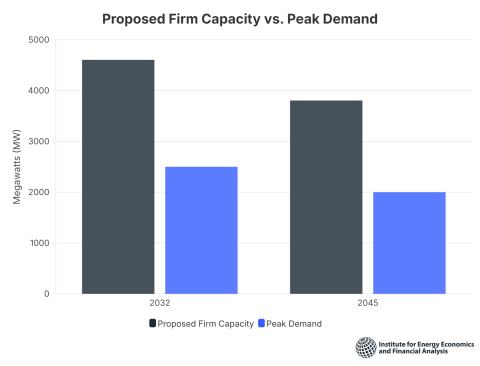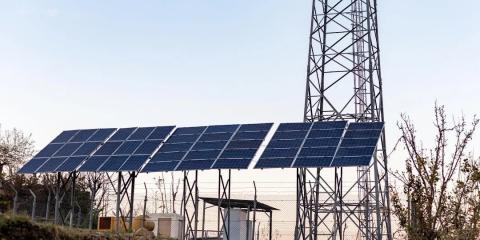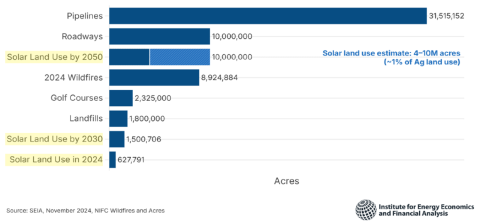Cost of coal from 'mine-mouth' Prairie State plant isn’t the bargain that was promised
Download Full Report

Key Findings
Coal is classified according to the basin from which it originates and its heat value. The higher the number of the heat value (also known as the Btu value), the more efficient the coal.
IEEFA has examined the claims that Peabody and the various municipal electric agencies made about the cost of the Lively Grove coal at the time that communities were deciding whether to buy into the plant. The coal was marketed to communities as having a Btu value of 8400. This heat value is too low to qualify under any of the marketable coal classifications in the Illinois Basin family.
Executive Summary
When Peabody Energy developed the Prairie State Energy Campus coal-fired power plant in Southern Illinois a decade ago, it promoted the “mine-mouth plant” as a way to save money on coal transportation costs. The coal from Peabody’s Lively Grove coal mine, located next to the plant, was supposed to provide fuel at a bargain price for 30 years to come.
However, a careful review of how the cost of coal is calculated, given the unusual business model governing this plant, demonstrates that any savings expected from using Lively Grove coal have not been realized.
By late 2007, Peabody had sold 95 percent of the ownership of the Prairie State plant to municipal power agencies representing over 200 communities from across the Midwest and Virginia. The total development cost of the plant—mine and ash fill— was approximately $5 billion, more than $1 billion more than the estimates most of the communities received when they signed contracts for the power.
Many of these individual communities signed “take-or-pay” contracts guaranteeing their electric utility revenues to pay back the over $5 billion of bonds issued to build the plant. The Prairie State plant began operating in 2012. Since the plant opened, the cost of its electricity has soared well beyond what was originally promised, and is roughly twice the cost of power that can be bought on the market.
We have examined the reporting documents that participating communities have received since the plant opened, as well as numerous financing documents, official statements for bond issues, independent data sources and presentations made to the communities. Comparison of Lively Grove coal with other market products is made difficult because the various documents provided by plant owners do not always compare “apples to apples,” but we have sifted through various budgets and reports to analyze the promises and compare them to the results.
Press release: Cost of Coal From Mine-Mouth Prairie State Plant Isn’t the Bargain That Was Promised
Please view full report PDF for references and sources.














